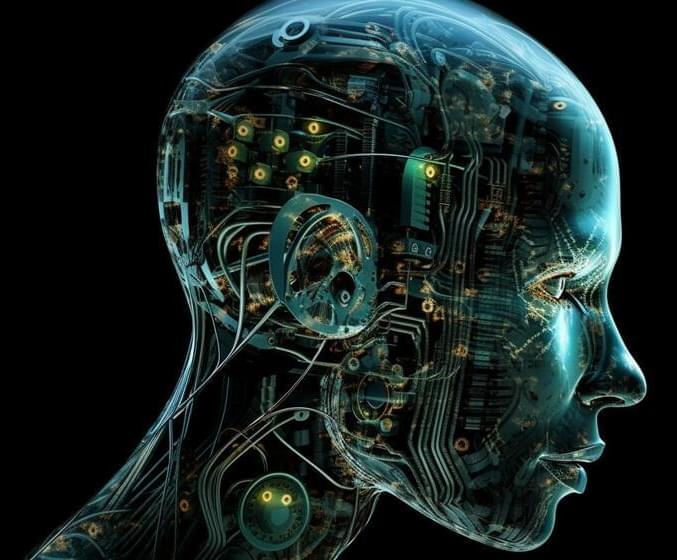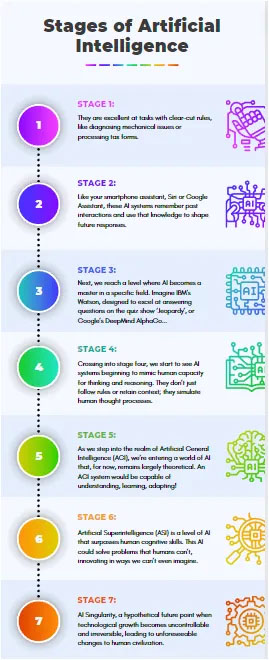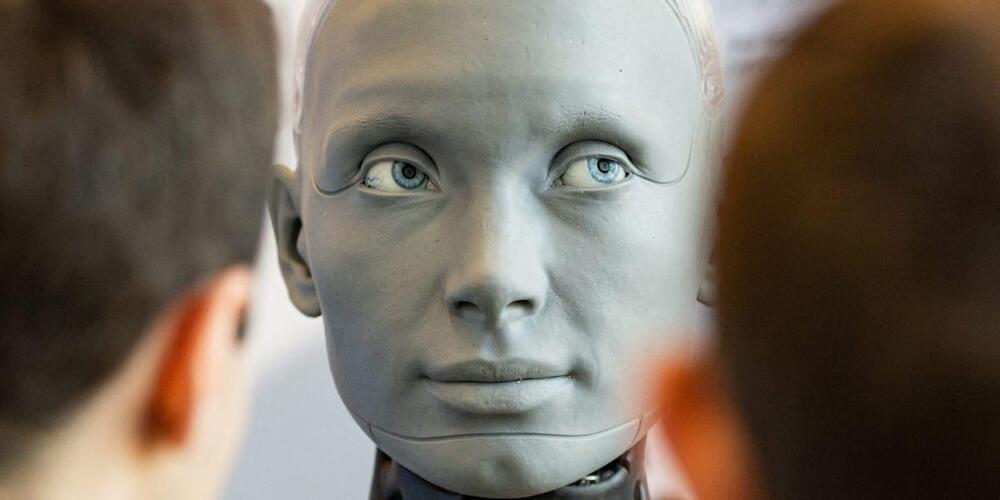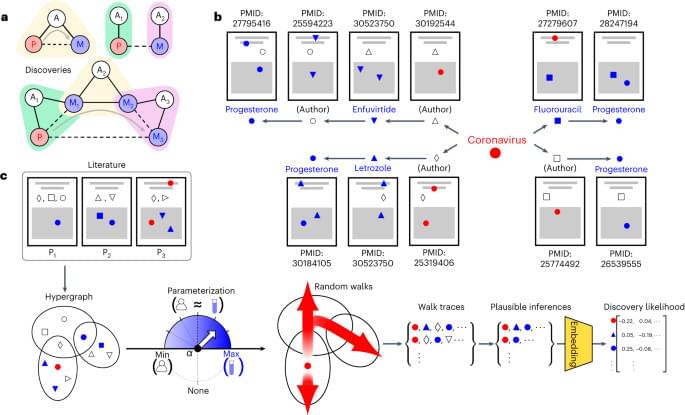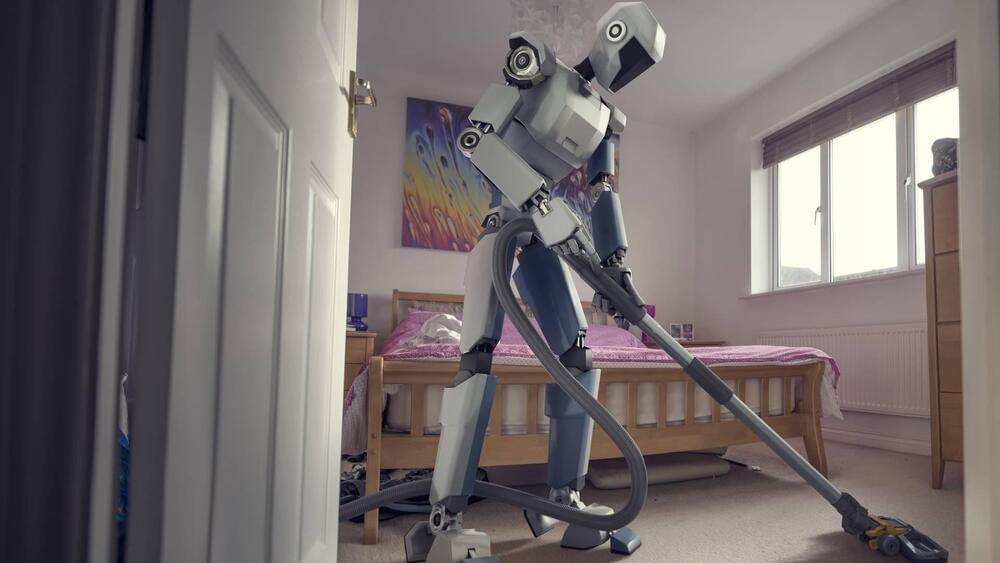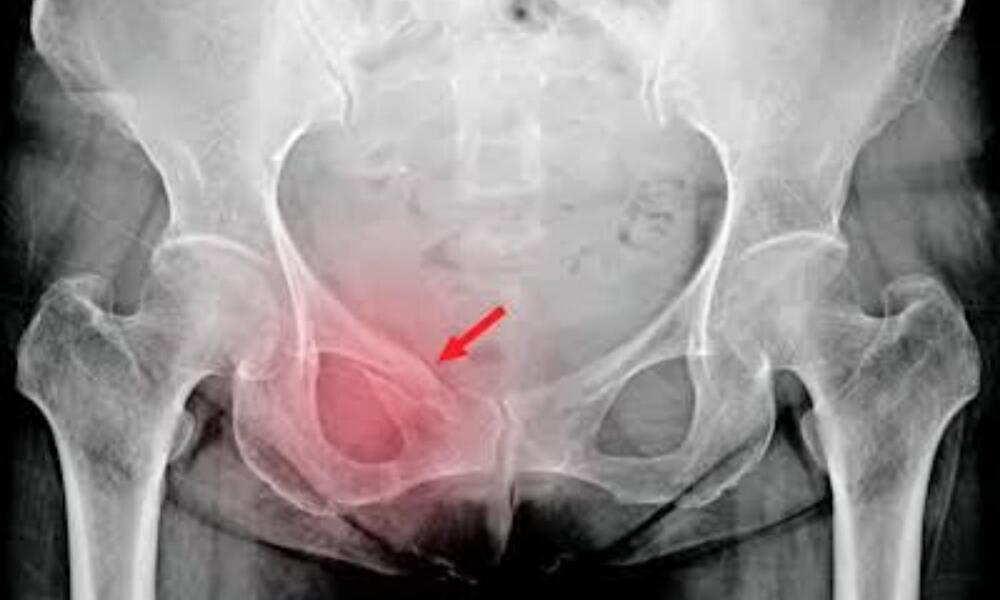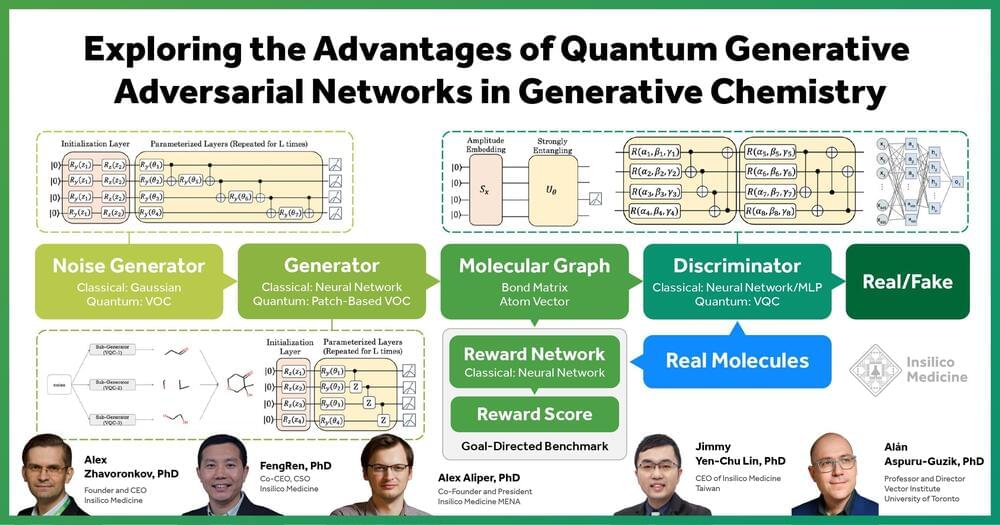Im still in the 2029 camp. But if it happens soon would be great. And, i still project ASI 5 years after arrival of Agi.
The online forecasting community Metaculus currently predicts that there will be a weak human-like AI in January 2026. This is about 25 years earlier than the early 2020 prediction.
Metaculus is a forecasting platform and community focused on compiling and refining predictions about various events, scientific advances, technological breakthroughs, and other topics. Participants submit their predictions to questions posed on the platform, and these predictions are combined into a consensus forecast.
Metaculus uses a scoring system to incentivize accurate predictions and to track participants’ performance over time. This motivates them to revisit and update their forecasts as new information becomes available. The platform is open to anyone who wants to participate.
